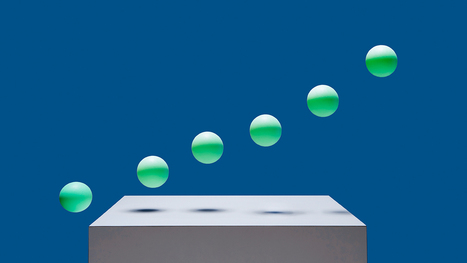How long should an eLearning module be? What is the ideal length? Can people concentrate for longer than their shoe size in minutes? What is the average attention span?
Attention span is the amount of concentrated time a person can spend on a task without becoming distracted. Common estimates for sustained attention to a freely chosen task range from about five minutes for a two-year-old child, to a maximum of around 20 minutes in older children and adults. (www.Wikipedia.org)
Recently I had to sit through 2 hours of on-line Contractor Induction which we had developed for a client. The reason was this – we were developing a video to include in another Induction for Ship Captains for an LNG production facility, and I was part of the video crew from our company in charge of the droning video.
Initially, I was like, “OMG, do I really have to go through this?” But after realising it was mandatory, I chose to do it as soon as possible. I have to be honest, I thoroughly enjoyed this experience as it was broken into smaller sections: facility, safety, ecosystem, wildlife responsibilities etc. These together with the various interactivity made it engaging.
So how do you decide the ideal eLearning length?
1. Learn from a favourite TV Series
Think of a TV Series you love to watch. It’s made up of Seasons, Episodes and Acts. Every Season has about 12 Episodes and every Episode has 5 or 6 Acts. Each Act lasts about 10 minutes. Why are there Acts every 10 minutes? The screenwriters understand human behaviour and that we lose attention after 10 minutes.
They know the way we restore attention is by taking a rest, doing a different kind of activity, changing mental focus, or deliberately choosing to re-focus on the first topic.
One large financial client we have is now developing 5-8 minutes eLearning modules and every employee goes to work and watches one module per day.
2. Know how essential this training is
I like to think of ‘essential’ like a set of traffic lights.
Red, is ‘mandatory’. This could be a longer module broken up into smaller segments. eg InductionAmber, is ‘important but not mandatory’. This needs to be at a length that people will see as a win/win. Long enough to get the message and training without it encroaching on all my other pressures and responsibilities. This should be 10 -15 minutes maximum.Green, is ‘good to know’. It needs to be short, sharp or if longer requires gamification or great interactivity. This is generally 2-5 minutes or could be longer if it’s engaging.
One of our clients is a Pharma company. We have been developed many 2-3 minute eLearning modules for their channel to watch, explaining the different products and their benefits to the consumer.
3. How engaging can you make it?
People are generally capable of a longer attention span when they are doing something that they find enjoyable or intrinsically motivating. In eLearning, we achieve this through interactive, reality-based scenarios, quizzes and gamification. These engage people and therefore their attention span.
Introducing a video can also help to hold attention as it introduces emotion. The video could involve: people at work, actors, drone footage, 360-degree exploration or animation.
With different personalities, different learning styles and different ages the question ‘How long should your eLearning module be?’ is always going to be a challenging one. Over the past 5 years, we have gone from eLearning modules being hours long to being minutes long. However, at the end of the day what is probably the most important goal is meeting your Learning Objectives.
If you are still unsure then learn from some of the largest companies today. Most companies are aiming for 8-14 minutes and if there is a subject that requires more then they break it into segments. A bit like a TV series really ��
Chris Gaborit is managing director of The Learning Factor, an eLearning company who loves technology linked to learning. Follow him here on Linkedin, on Twitter @droneservicesAU and Instagram @idronefoto
Via
The Learning Factor



 Your new post is loading...
Your new post is loading...














Color psychology studies (and there are many) reveal changes in the body and brain when people view certain colors. These changes influence performance, creativity, health, stress levels, focus, communication, and emotions. That's some powerful influence!